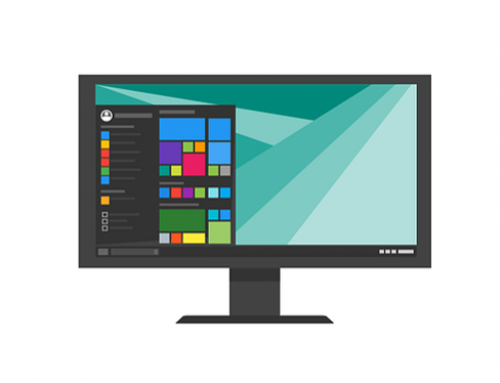 We hope you’re enjoying our alphabetical jargon-buster so far? More definitions will follow next month.
We hope you’re enjoying our alphabetical jargon-buster so far? More definitions will follow next month.
Email: Short for Electronic Mail. A wonderful invention (except for the scourge of spam!) The first email message was sent between two computers in 1971. Billions of emails are now sent and received every day. If you would like to privately comment on this blog, you email me at nicky.hodges@tlptech.co.uk. Alternatively, you can leave a public ‘reply’ below. 
Encryption: The method of encoding sensitive messages or data so they can’t be read without a password.
EPOS: Electronic Point Of Sale, otherwise known as the ‘till’!
Ethernet: The cable (often blue) that connects your computer the network and carries data between them. It is the same type of cable that connects your TV to the aerial.
Expansion port: A slot in your PC or laptop where you can ‘plug in’ peripherals such as your printer.
Firewall: Vital for security. They stop viruses and other glitches from downloading themselves onto your PC via your Internet connection, and stop unauthorised people getting access to your data.
Floppy disk drive: Time moves on and technology seems to move even quicker! In the same way that the abacus was replaced by the calculator, the USB Flash drive (or ‘memory stick’) has largely replaced the floppy disk as a useful storage medium.
Freeware: Software that is free to download and use, although you may have to put up with annoying bugs or adverts.
FTP: Stands for File Transfer Protocol. It’s a way of transferring files to and from the Internet. For example, you can upload html files for your website or send and receive large documents this way, and avoid clogging up your email system.
Function key: Usually at the bottom left of your keyboard, and sometimes marked ‘Fn’. You hold down this key while you press another key at the same time, to make your computer do something, such as adjust the brightness of the screen.








